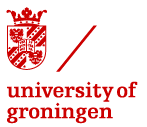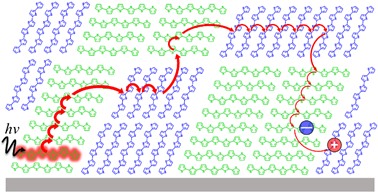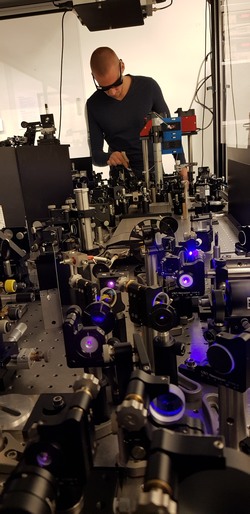Similarities Emerging from Disorder
29-9-2020
In an all-RUG collaboration, the Optical Condensed Matter Physics and Theory of Condensed Matter Physics (both at the Zernike Institute for Advanced Materials) groups have joined forces with the Molecular Dynamics group (Groningen Biomolecular Sciences and Biotechnology Institute) to obtain a complete picture of the static and dynamic fluctuations of individual molecular nanotubes – an artificial analogue of natural light-harvesting antennae. The researchers used a powerful combination of single-molecule photoluminescence, ultrafast correlation spectroscopies, and theoretical multiscale modeling to obtain quantitative description of the molecular scale fluctuations in large supramolecular assemblies. The scientists demonstrated that although there exists considerable disorder at molecular scale, different nanotubes are remarkably similar to each other in their optical properties, because the disorder at the optical level is strongly suppressed by intermolecular interactions. This marks an important step towards a complete understanding of how delocalized excited states in large self-assembled systems are spatially and temporally constrained and mobilized by static and dynamic disorder.
The results of this work are published in The Journal of the American Chemical Society (B. Kriete, A. S. Bondarenko, R. Alessandri, I. Patmanidis, V. V. Krasnikov, T. L. C. Jansen, S. J. Marrink, J. Knoester, and M. S. Pshenichnikov, “Molecular versus excitonic disorder in individual artificial light-harvesting systems”, Journal of the American Chemical Society., 2020; JACS first online 28 September 2020).
“Why disordered light-harvesting systems produce ordered outcomes” -- popular story by Rene Fransen (in English)





